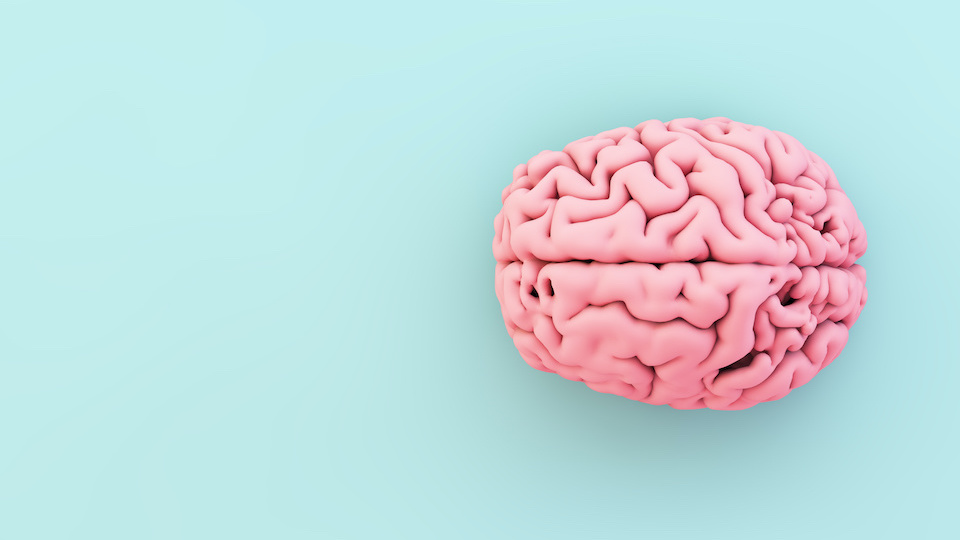I’ve never been a big fan of the old saying, “misery loves company,” but if you suffer from anxiety… it does sometimes hold true. First, there’s the “misery” part. There is no question that anxiety disorders can make life absolutely miserable. Then, there’s the “company” part. According to statistics compiled by the Anxiety and Depression Association of America (ADAA), about 18 percent of the US adult population is afflicted with some type of anxiety disorder, making it the most common mental illness in America. If you have anxiety… you are certainly not alone.
The conventional medical approach to anxiety disorders almost exclusively relies on pharmaceuticals. Although they can most certainly be helpful, many patients with anxiety are looking for ways to control their symptoms without drugs. One of my patients recently said, “The meds make me feel better temporarily… but I don’t a temporary fix, I want to treat the real problem that causes my symptoms in the first place.” I couldn’t have said it better myself.
There are many non-drug treatments for anxiety… but one natural method in particular that stands out for its remarkable ability to combat anxiety and stress is mindfulness based stress reduction (MBSR) training. To appreciate how mindfulness works, it helps to have a basic framework to understand the wandering nature of the mind. Here’s how I explain it:
It’s pretty obvious that your physical body is always in the present moment. Unless we figure out how to time travel, you are where you are on a certain date, at a certain time. Your mind, on the other hand, can be elsewhere. It can be present with you, focused and attentive… but it can just as easily wander away from the present into other dimensions, usually into the past or into the future.
When your mind drifts to the past, it can find itself in a pleasant place (like when you’re happily reminiscing), or in an unpleasant place (often associated with symptoms like regret and depression). And similarly, if your mind is in the future, it can be in a good place (eager, excited, looking forward), or in an unpleasant place (worried, anxious, what-if?).
Now, there’s nothing wrong with the fact that the mind can wander. In fact, it’s a awesome thing. But it’s not that awesome if your mind wanders when you don’t want it to. It’s not useful or productive if it wanders to unpleasant places, especially if it wanders there often. If this is something that you struggle with, especially if you often wander to a place of anxiety and depression, there’s something you can do. You can perform an exercise to keep your mind in the present… and that’s what mindfulness training is all about.
This kind of training works every time, and is always effective. If you’re finding this hard to believe, let me give you an analogy. Say I told you I’m going to give you a challenge of doing 50 bicep curls with heavy barbells for the next six weeks. You accept, and try. The first few times it’s going to be hard. Over time, however, with repeated practice, recovery, and more practice, you’re going to get better at it. In six weeks, you’ll be able to do many more repetitions than you could at the beginning… maybe even all 50.
At the end of the six week training period, two things will be different. First, the exercise itself will become easier. Your muscles will have adapted to the workout, and the weights will feel lighter and easier to move. Second, and perhaps more importantly, at the end of the training period, you will have stronger muscles that will make other tasks in your daily life easier. A heavy bag of groceries will be easier to get out of the car and a suitcase will be easier to get into the overhead luggage rack on an airplane.
Except in very rare or unusual circumstances… strength training always works. And mindfulness training does too. If you train your mind to focus on the present by practicing every day, six weeks later, when you get distracted by wandering thoughts, it will be much easier to get focused. Guaranteed.
There is a significant amount of evidence that mindfulness helps people to improve their resistance to stress, decreases stress related anxiety, and can even lower biomarkers associated with the stress response.
To start mindfulness meditation, all you need are five minutes of time and a comfortable place to sit with minimal distractions. Here’s how it’s done:
– Close your eyes, and keep your feet firmly on the floor.
– Take deep breaths, in through your nose, and out through your mouth.
– During each breath, keep your mental attention on your breath. Notice the feeling of the air as it moves through your nose, throat, and lungs. Notice how your chest expands and contracts. Simply pay attention to the experience of your breath.
– Notice when your attention wanders away from your breath.
— If this is new for you, it’s very likely that by the end of your first inhale, your mind will have wandered. You’ll notice that you’re concerned that your foot itches, that you’re hungry, that you’re worried about being late for work. Your job at that moment is to notice what the distraction was, and then, without judgement, take your attention and bring it back to your breath. Don’t beat yourself up over getting distracted, just let it go and get back to the breath.
– Repeat this cycle for five minutes.
Keep in mind that during your first meditation session, distractions may occur 100 times or more. This is normal. Each time you feel distracted, just notice it, and bring your attention back to your breath without judgement. Over time, this becomes easier, just like lifting weights. If you do this every day, and stick with it, you’ll soon notice two improvements:
1) The training itself becomes more pleasant. You’ll start to look forward to it.
2) After you’re better at this, when you get distracted by the phone, your thoughts, etc., you now have a tool (an exercised mindfulness muscle) to bring your attention back to the present.
Mindfulness is a great example of a safe, effective, natural, non-drug treatment for so many things. Anxiety is just one of the things that mindfulness meditation can ameliorate, and I highly suggest giving it a try.
– Dr. Joshua Levitt









